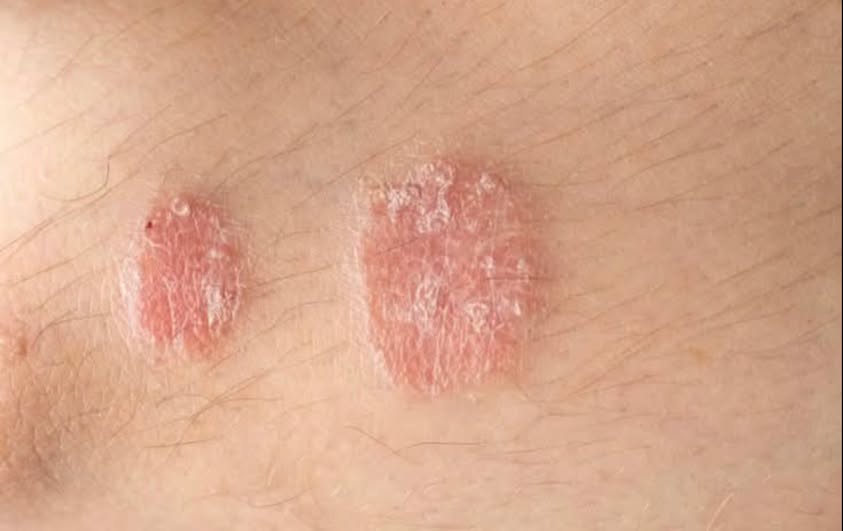Psoriasis is more than just a cosmetic issue or minor skin irritation—it’s a chronic autoimmune disorder that can have a significant impact on your overall health and well-being. This condition causes the skin cells to multiply up to ten times faster than normal, leading to a buildup of cells on the surface that form thick, red, scaly patches. It’s a condition that affects over 125 million people globally, including about 8 million in the United States.

According to the Mayo Clinic, psoriasis commonly shows up as itchy, scaly rashes on the elbows, knees, scalp, or trunk. It’s not rare and often causes discomfort that can interfere with daily life, from sleep disruption to problems focusing. Though the exact cause of psoriasis remains unclear, research points to a combination of genetic and environmental triggers. Stress, infections, skin injuries, and certain medications can all set off flare-ups. There are five primary types of psoriasis, each with unique characteristics, and knowing the differences can help you spot warning signs early and seek proper care. The most prevalent form is plaque psoriasis, accounting for about 80% of cases. It presents as dry, raised, red skin lesions covered with silvery scales.
These plaques often develop on the scalp, knees, elbows, and lower back. Depending on your skin tone, the plaques may appear pink, red, or dark brown and may heal with temporary discoloration, especially on darker skin. The itching can be moderate to severe, and any persistent skin changes should be evaluated by a dermatologist. Guttate psoriasis is typically seen in children and young adults and often develops after a bacterial infection like strep throat. It appears as small, drop-shaped sores on the torso, arms, or legs and tends to be thinner and less scaly than plaque psoriasis. Though it may clear up on its own, medical evaluation is still important to rule out other conditions and manage symptoms effectively. Inverse psoriasis tends to appear in areas where skin touches skin—like under the breasts, around the groin, or between the buttocks.
This form of psoriasis doesn’t display the typical flaky scales. Instead, it shows up as smooth, shiny red patches that can be worsened by sweat and friction. Because of its location, it can be confused with yeast infections or other skin conditions. Fungal infections are common triggers, and keeping the affected area clean and dry is key to managing flare-ups. Pustular psoriasis is a more severe and less common form of the disease. It’s identified by white pustules or blisters filled with non-infectious pus, surrounded by red, inflamed skin. It can appear on localized areas like the hands and feet or spread across the body.
This form is often accompanied by systemic symptoms such as fever, chills, and fatigue. If you notice blisters along with flu-like symptoms, it’s crucial to seek immediate medical attention, as this type can escalate quickly. Erythrodermic psoriasis is the rarest and most serious type. It causes widespread redness, peeling, and shedding of skin that can cover most of the body. This condition is life-threatening and often results in severe itching, burning, swelling, and pain. It may be triggered by severe sunburn, infection, or stopping psoriasis medications suddenly. Hospitalization is typically required for treatment, and anyone experiencing such intense symptoms should contact a doctor without delay. Psoriasis also doesn’t stop at the skin. According to the Mayo Clinic, it can impact the nails, causing them to become thick, pitted, discolored, or even separate from the nail bed—a condition called onycholysis. Nail psoriasis is more than just a cosmetic concern; it can be an early sign of psoriatic arthritis, which affects the joints and can lead to long-term mobility issues if left untreated. Being able to recognize the signs of psoriasis, whether on your skin or nails, empowers you to take control of your health. If you experience any of these symptoms—persistent red patches, unusual spots, scaling, or nail changes—don’t ignore them. Consult a dermatologist to get a proper diagnosis and a treatment plan that fits your needs. Managing psoriasis isn’t just about treating the symptoms; it’s about improving your overall quality of life. Share this information with friends and family so they too can recognize the early signs and get the help they need.





